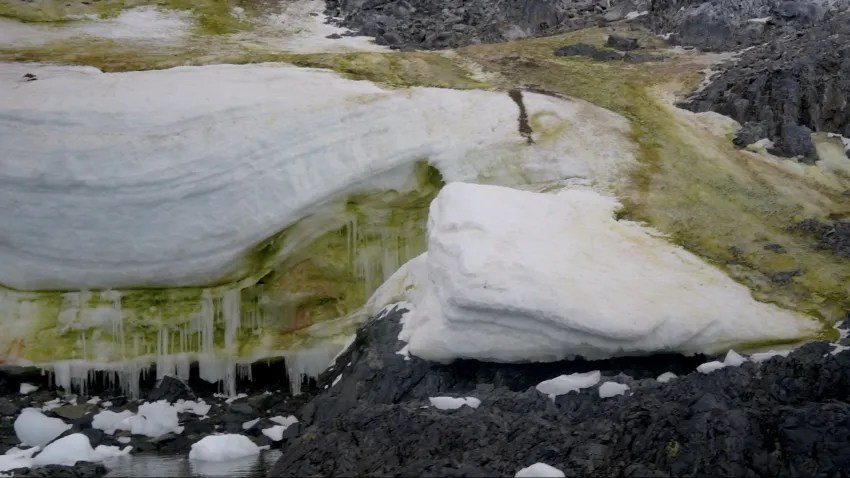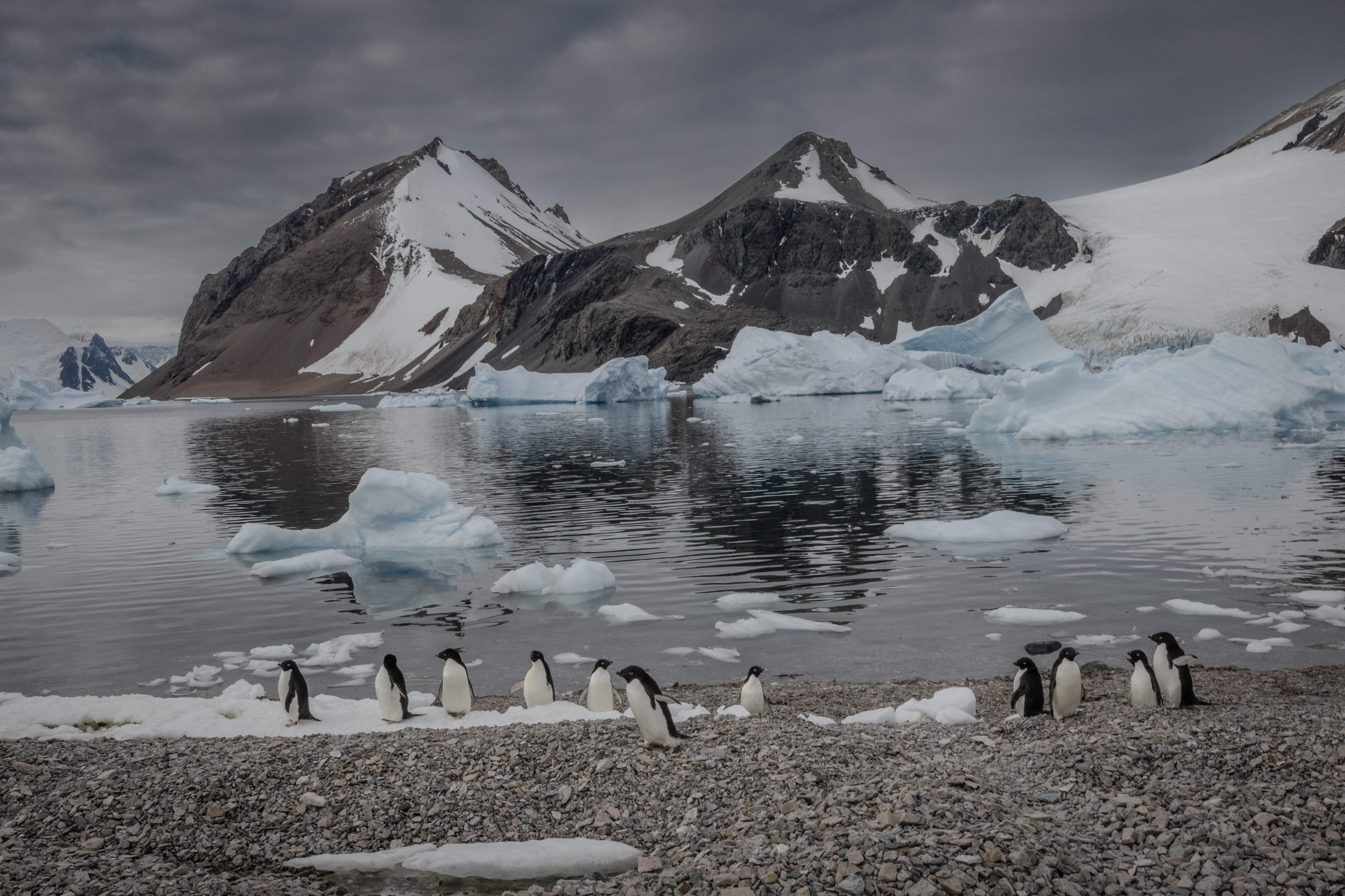Global Warming Underestimated? New Science Reveals Shocking Truth
Meltdown Reality: Are We Underestimating Global Warming?
Introduction: A Chilling Thought
We all know the story: Earth is warming, ice caps are melting, and sea levels are rising. Scientists use sophisticated computer models to project just how hot things will get as we continue to burn fossil fuels. But what if these models, despite their complexity, are missing a crucial piece of the puzzle? What if we've been underestimating the severity of global warming all along? It’s a frightening thought, isn’t it?
The Blind Spot: Albedo and the Poles
It turns out, those intricate climate models might have a bit of a blind spot: the albedo effect, specifically how much of the sun’s energy is reflected back into space by snow and ice at our planet's poles. Think of it like this: a white t-shirt reflects more sunlight and keeps you cooler than a black one. Ice and snow act like Earth's white t-shirt, reflecting solar radiation back into space.
Why Albedo Matters
When ice and snow melt, they expose darker surfaces, like water or land. These darker surfaces absorb more sunlight, which warms the planet even further. This creates a feedback loop: more warming leads to more melting, which leads to more warming, and so on. The question is, are our models accurately capturing this feedback loop?
Antarctica: A Front-Row Seat to Climate Change
To get a better understanding of this, national climate reporter Chase Cain traveled to Antarctica. Why Antarctica? Because it’s ground zero for climate change. It’s where we can see the most dramatic effects of rising temperatures and melting ice. Antarctica is like the canary in the coal mine for the planet.
Tiny Changes, Big Impacts
Cain's reporting focuses on how seemingly small changes in color – for example, the darkening of ice due to algae growth – can lead to enormous changes in temperature for the entire planet. It’s all interconnected, and even the smallest details can have significant consequences.
Seaweed's Ancient Secrets: Algae and the Future
Believe it or not, seaweed, a type of algae that has been around since before the dinosaurs, holds valuable clues about our future climate. Freya Alldred, a research student at Durham University in the United Kingdom, is studying this ancient organism and its response to today’s changing climate. She hopes to use this information to better understand the impact of global warming.
Seaweed as a Climate Time Machine
Seaweed's long history makes it a valuable tool for understanding how ecosystems respond to environmental changes over long periods. It's like a time machine, allowing us to glimpse into the past and predict the future. By studying how seaweed has adapted to past climate shifts, we can gain insights into how it might respond to the current warming trend.
The Ocean's Role in Albedo: Beyond Ice and Snow
It’s not just ice and snow that affect albedo. The ocean also plays a crucial role. Changes in ocean currents, temperature, and salinity can all impact how much sunlight is absorbed or reflected. For example, warmer water absorbs more sunlight than colder water, contributing to the feedback loop.
Ocean Acidity: A Double Whammy
The ocean's absorption of carbon dioxide from the atmosphere is also changing its chemistry, making it more acidic. This ocean acidification has a profound impact on marine life, particularly organisms with shells and skeletons. It's like giving the ocean a bad case of heartburn. And the changes in these populations further affect how much sunlight is absorbed, making the albedo effect even more complicated.
Feedback Loops: The Amplifiers of Warming
Climate scientists are concerned about several feedback loops that could accelerate global warming. The albedo effect is just one example. Another important feedback loop involves the release of methane, a potent greenhouse gas, from melting permafrost.
Methane: The Potent Greenhouse Gas
Permafrost, permanently frozen ground found in Arctic regions, contains vast amounts of organic matter that has been frozen for thousands of years. As permafrost thaws, this organic matter decomposes, releasing methane into the atmosphere. Methane traps heat much more effectively than carbon dioxide, making it a powerful driver of warming.
The Role of Clouds: A Complicating Factor
Clouds are another major factor influencing Earth's albedo. They reflect a significant amount of sunlight back into space, helping to keep the planet cooler. However, the behavior of clouds is complex and difficult to predict, and how they will respond to a warming climate is still uncertain.
High Clouds vs. Low Clouds
Different types of clouds have different effects on the climate. High clouds tend to trap heat, while low clouds tend to reflect sunlight. The overall impact of clouds on global warming depends on the balance between these two effects, and this balance is constantly changing.
Revisiting Climate Models: A Necessary Step
Given the potential underestimation of the albedo effect and other feedback loops, it's crucial that scientists revisit and refine their climate models. This involves incorporating more detailed data about the polar regions, the oceans, and cloud behavior.
Improving Model Resolution
One way to improve climate models is to increase their resolution, allowing them to capture more detailed processes and interactions. It's like zooming in on a map to see more of the roads and landmarks. Higher resolution models can better simulate the complex interactions between the atmosphere, the oceans, and the land surface.
The Urgency of Action: Time is Running Out
The potential underestimation of global warming highlights the urgency of taking action to reduce greenhouse gas emissions. The sooner we act, the better our chances of avoiding the most catastrophic consequences of climate change. We need to transition to cleaner energy sources, improve energy efficiency, and protect our forests and oceans.
Individual Action: Every Little Bit Helps
While government and corporate action are essential, individual actions also matter. We can all make choices that reduce our carbon footprint, such as driving less, eating less meat, and conserving energy. Every little bit helps, and together, we can make a difference.
Hope for the Future: Innovation and Collaboration
Despite the challenges, there is reason for hope. Innovation in renewable energy technologies is accelerating, and international cooperation on climate change is growing. We are not powerless in the face of this challenge. By working together, we can create a more sustainable future for ourselves and for generations to come.
Conclusion: A Wake-Up Call
The possibility that scientists may have underestimated global warming’s severity is a serious wake-up call. The albedo effect, particularly in the polar regions, and complex feedback loops like methane release, demand a closer look and updated climate models. It’s time to act decisively, embracing innovation and collaboration to mitigate the impacts of climate change. Our planet’s future depends on it.
Frequently Asked Questions (FAQs)
Here are some frequently asked questions about the issues raised in this article:
-
What is the albedo effect, and why is it important?
The albedo effect refers to the amount of solar radiation reflected back into space by a surface. Surfaces with high albedo, like snow and ice, reflect a lot of sunlight, keeping the planet cooler. As ice and snow melt, exposing darker surfaces, the albedo decreases, leading to more warming.
-
How does seaweed in Antarctica help us understand climate change?
Seaweed has been around for millions of years and has adapted to various climate conditions. By studying its response to current climate change, scientists can gain insights into how ecosystems might respond in the future and improve climate models.
-
What are climate models, and why do they need to be improved?
Climate models are complex computer simulations that project how the Earth's climate will change in the future. They are based on our understanding of the atmosphere, oceans, and land surface. However, models are constantly being improved as we gain new knowledge and data.
-
What is a feedback loop, and how does it accelerate global warming?
A feedback loop is a process in which a change in one variable leads to further changes in the same direction. For example, as the Earth warms, ice melts, which reduces the albedo, leading to more warming. This positive feedback loop amplifies the initial warming.
-
What can I do as an individual to help combat climate change?
There are many things you can do! Reduce your carbon footprint by driving less, eating less meat, conserving energy, and supporting sustainable products and businesses. Educate yourself and others about climate change and advocate for policies that promote a cleaner environment.



